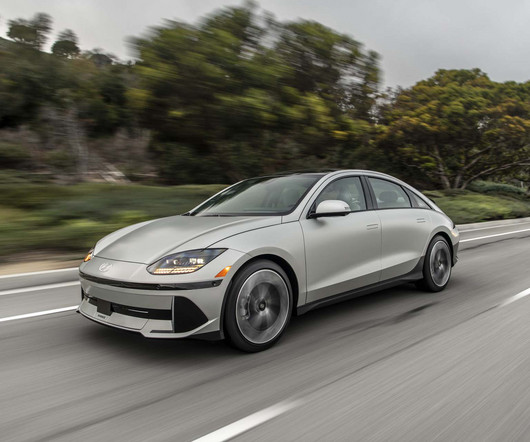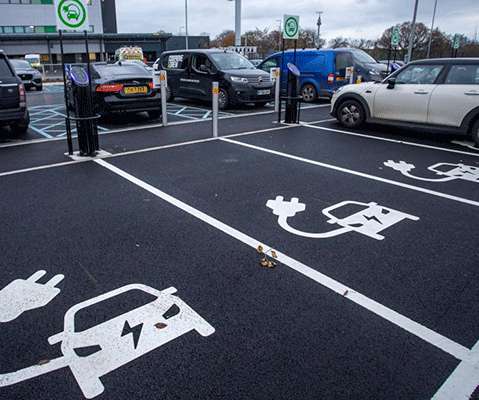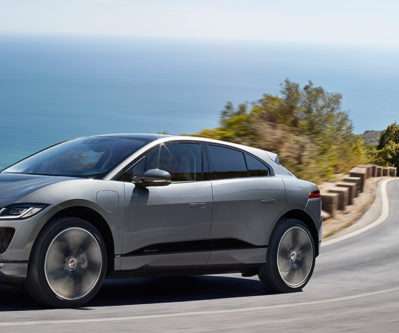New statistical method to detect ozone pollution hot spots and monitor instrument failure; combining PCA and MEWMA
Green Car Congress
NOVEMBER 13, 2016
A new statistical method developed by researchers at KAUST (King Abdullah University of Science and Technology, Saudi Arabia) can detect abnormal ozone levels within large bodies of monitored data. The monitoring methods can quickly and accurately detect ozone anomalies—localized spikes in ozone concentration indicated by sensor data.








































Let's personalize your content